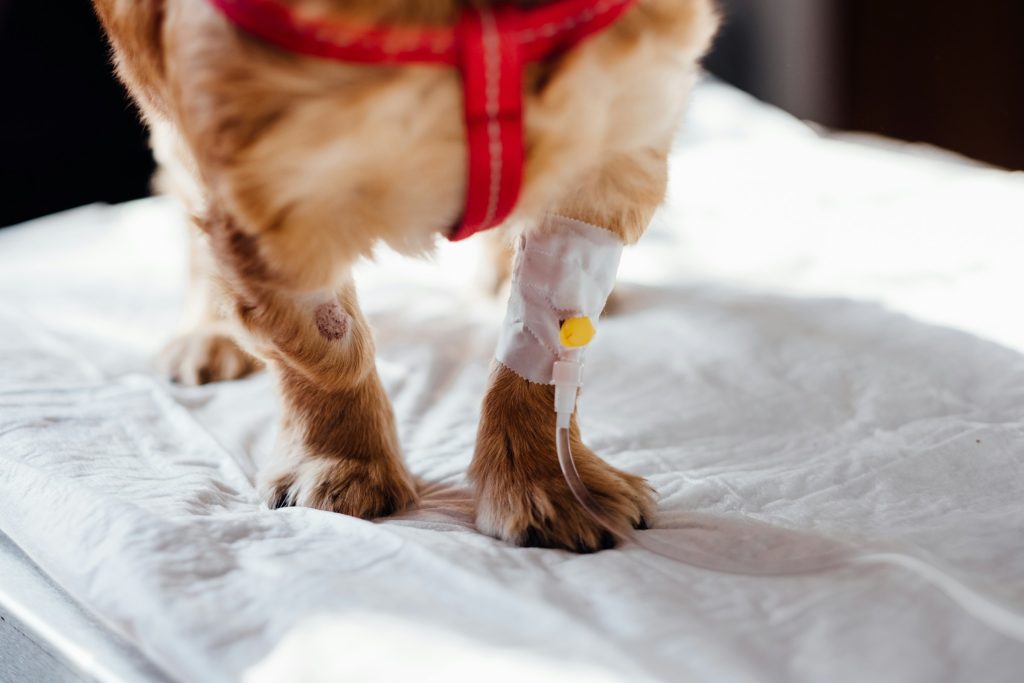
How to Handle a Pet Emergency When You're at Work or Traveling
Emergencies rarely happen at convenient times. Whether you're in a meeting across town or halfway through a weekend trip, the thought of your dog or cat facing a crisis while you're away is terrifying. But with the right planning, you can respond calmly and protect your pet—even from a distance. This guide covers how to prepare for a pet emergency, who to trust, what to include in your emergency plan, and how to act quickly when every second counts.
1. Choose a Reliable Emergency Contact
Pick a trusted friend, neighbor, dog walker, or pet sitter who lives nearby and knows your pet. They should be able to access your apartment, contact your vet, and make decisions in your absence.
2. Create a Written Emergency Plan
Have a document that lists your pet’s medical conditions, medications, microchip number, allergies, and behavior quirks. Include the name and address of your primary vet and the nearest 24/7 emergency clinic.
3. Grant Access to Your Home
Keep a spare key or digital access code with your emergency contact. Post a note inside your apartment indicating where your pet's carrier, leash, meds, and first aid kit are stored.
4. Pre-Authorize Emergency Vet Care
Many clinics require owner consent for non-life-threatening procedures. Call your vet ahead of time to authorize your emergency contact to approve care up to a set budget.
5. Save the ASPCA Poison Control Number
Many emergencies start with ingestion—cleaners, chocolate, medications. Keep the ASPCA Animal Poison Control hotline handy and share it with your emergency contact.
6. Use a Pet Monitoring Camera
Smart cameras let you check in, receive alerts, and even talk to your pet while you’re away. They can also provide helpful footage for your vet during follow-up care.
7. Pack a Go-Bag for Your Pet
Store a small bag with food, collapsible bowls, medications, vet records, and a familiar toy. In case of evacuation or transport, your contact can grab and go.
8. Use the Red Cross Pet First Aid App
This free app includes first aid checklists, emergency vet locators, and real-time guidance. Share it with anyone who cares for your pet while you're away. Download it here.
9. Communicate Fast and Clearly
If your emergency contact calls or texts you, respond promptly. Make decisions about care, finances, and transportation quickly—time is often critical.
A pet emergency is scary—but being unprepared is worse. With a plan, a team, and a few smart tools, you can protect your furry friend no matter where you are. Peace of mind comes from knowing you’ve already taken care of the details, so your pet is never alone in a crisis.
Frequently Asked Questions
What should I do if my pet has an emergency and I can’t leave work?
Call your emergency contact immediately and give them instructions. Let your vet know someone is bringing in your pet and that you’ll be reachable by phone.
Should I leave a credit card on file with the vet?
Yes, especially if you're often away. Some clinics will allow you to authorize treatment in advance up to a dollar limit.
Can I use a pet-sitting service in emergencies?
Some professional pet sitters offer emergency response services. Always verify they’re insured and trained in basic pet first aid.
What should I include in a pet emergency plan?
Vet contacts, emergency clinics, medication details, feeding instructions, and the name of your emergency contact. Keep it printed and digital.

Join the Busy Pet Parent Newsletter!
Get easy routines, time-saving tips, and the latest gear reviews—delivered straight to your inbox.
Perfect for busy pet owners, apartment dwellers, and anyone who wants a happy, healthy companion (without the stress).
Exclusive guides & checklists
Product recommendations & deals
No spam—unsubscribe anytime!




